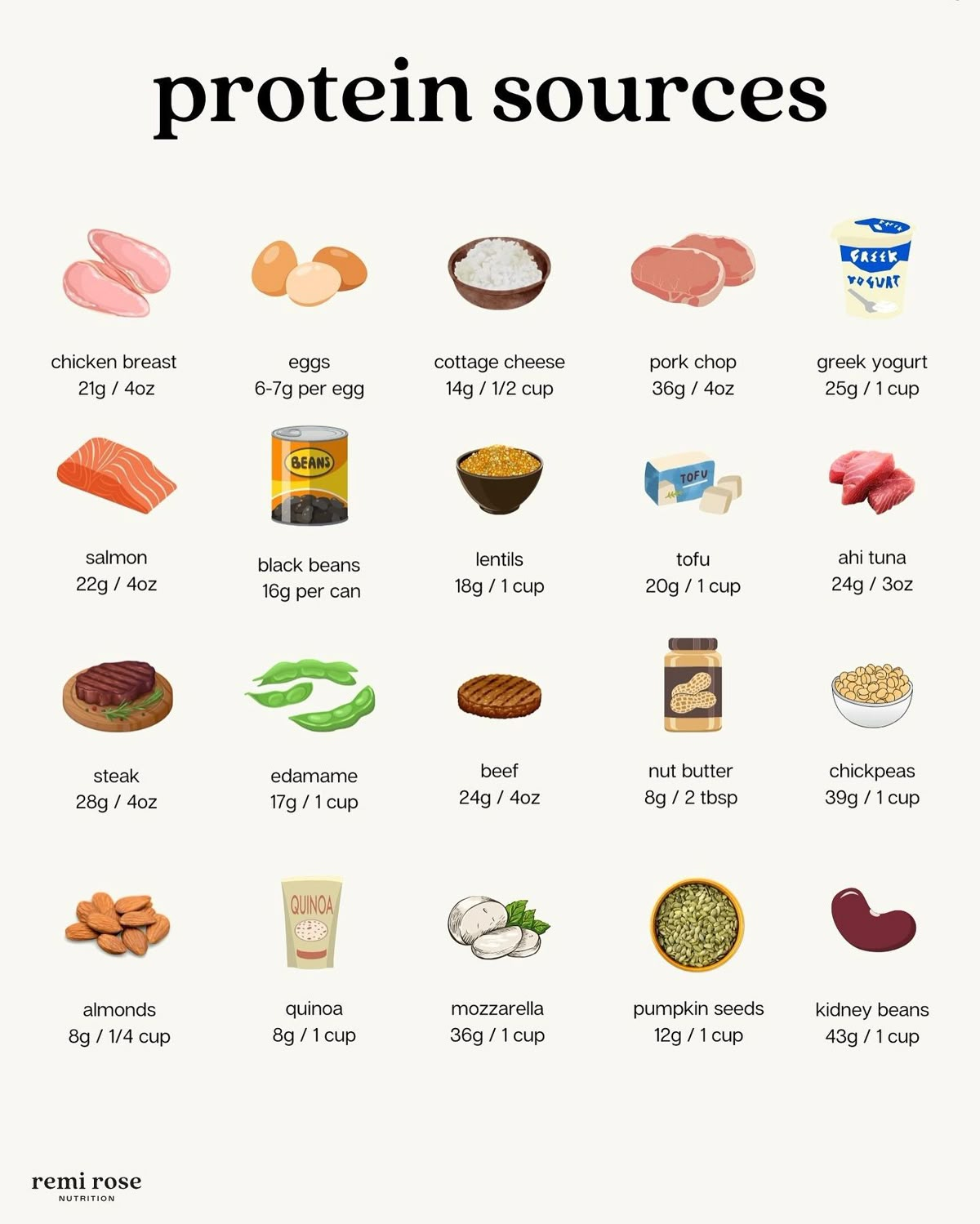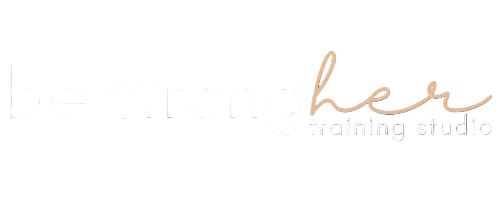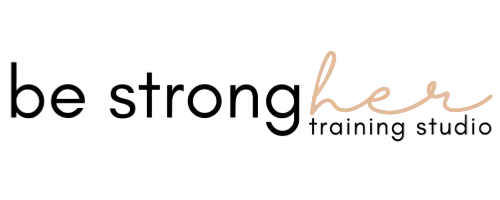knowledge is the foundation of health
BLOG

The Role of Protein in your Diet
Protein: Why You Probably Need More Than You Think
You’ve heard it a hundred times “Don’t forget your protein!” , and for good reason. Here’s the truth most women don’t realise, we think we’re eating enough, but time and time again, we’re simply not. And when it comes to protein, it’s one of the most under-eaten nutrients.
Even if your meals feel balanced, actually hitting your daily protein takes intention. It takes thought, planning, and consistency, not just hoping we are getting enough.
Why Protein Deserves a Spot on Your Plate
Protein does more than just build muscle. It repairs tissue, supports your immune system, helps maintain healthy hair, skin, and nails, and plays a role in nearly every metabolic function in your body. If you want to feel strong, energised, and healthy, protein has to be a priority.
So, How Much Do You Really Need?
A general guide is 1.5g to 2.2g of protein per kg of body weight per day. That means a 70kg woman should be aiming for at least 105g daily. Work out your own daily intake using the guide above.
A simple way to hit that? Aim for around 25–30g of protein with each main meal across three to four meals/snacks per day.
👉 But here’s where many get confused:
If your goal is 100g of protein a day, that doesn’t mean eating 100g of chicken breast. A 100g serving of chicken breast only contains around 30g of protein, so you’d need to include protein across all meals and snacks to reach your daily target.
(See image below for a visual breakdown of protein amounts in common foods.)
Where to Find It:
Animal sources: Chicken, fish, lean beef, eggs, cottage cheese, Greek yogurt
Plant-based options: Tofu, lentils, tempeh, chickpeas
Supplements: Collagen, Gelatin, Protein powders
👉 Be mindful of the protein content in what you’re eating. A single egg, for example, has about 6g of protein, so it takes more than one egg to meet your target. Always check the actual amount in your serving size.
👉 Also consider the calorie differences between protein sources. 30g of protein from chicken will have fewer calories and fat than 30g from peanut butter or cheese. Both have a place in a balanced diet, but understanding the difference can help you build your meals more effectively.

Signs You’re Not Getting Enough
Not getting enough protein doesn’t just affect your training, it can impact your overall energy, mood, cravings, and body composition. Some common signs include:
Constant muscle soreness or slow recovery
Feeling unusually tired or flat throughout the day
Struggling to gain strength or lean muscle
Craving sugar or processed carbs regularly
Mood swings or irritability
Feeling “snacky” shortly after meals
Hair thinning or brittle nails
Frequent illness & infections
If any of these sound familiar, it might be time to reassess your daily intake.
Final Thoughts
Protein is often the most overlooked nutrient in women’s diets, but it can be a game-changer. Focus on spreading your intake across the day, build your meals around protein-rich foods, and if it feels like a big jump, start small and increase gradually.
Come train with us
Join Our Newsletter
Free content every week including articles, videos and valuable guides. Rest assured, no spam - only enriching, wholesome content.

© 2025 be strongHer - Terms and Conditions - Privacy Policy - Disclaimer


Facebook
Instagram